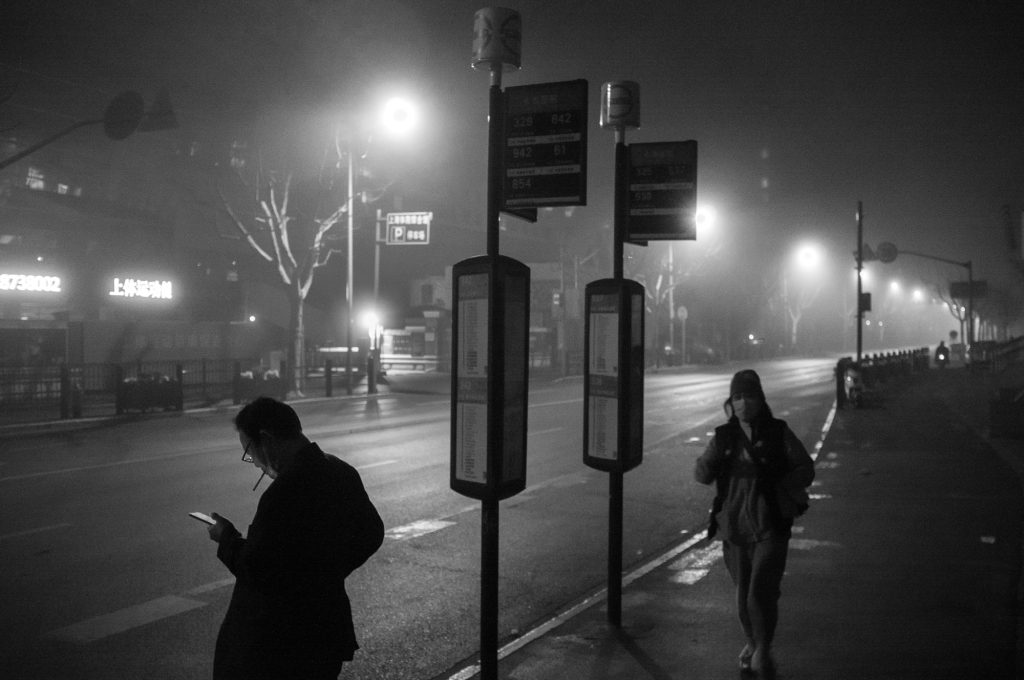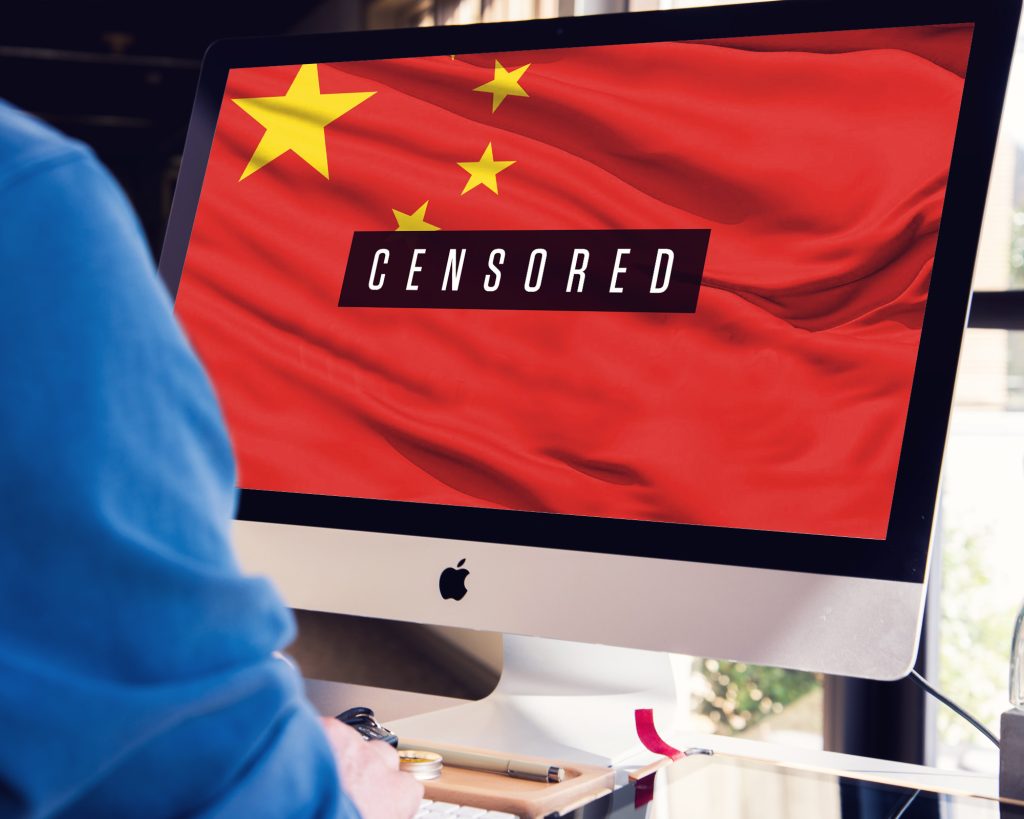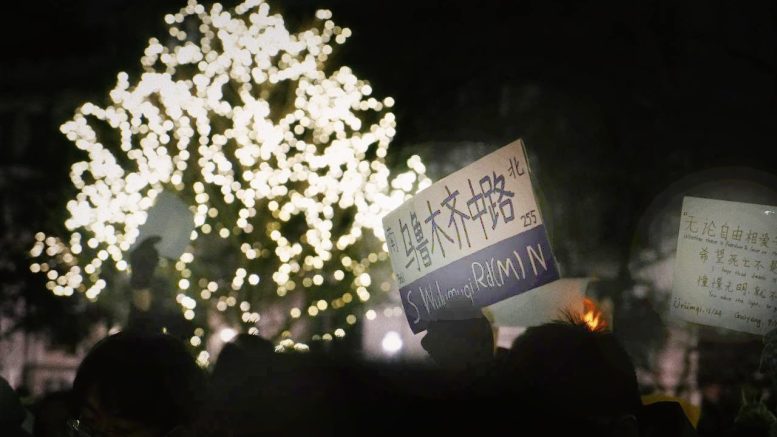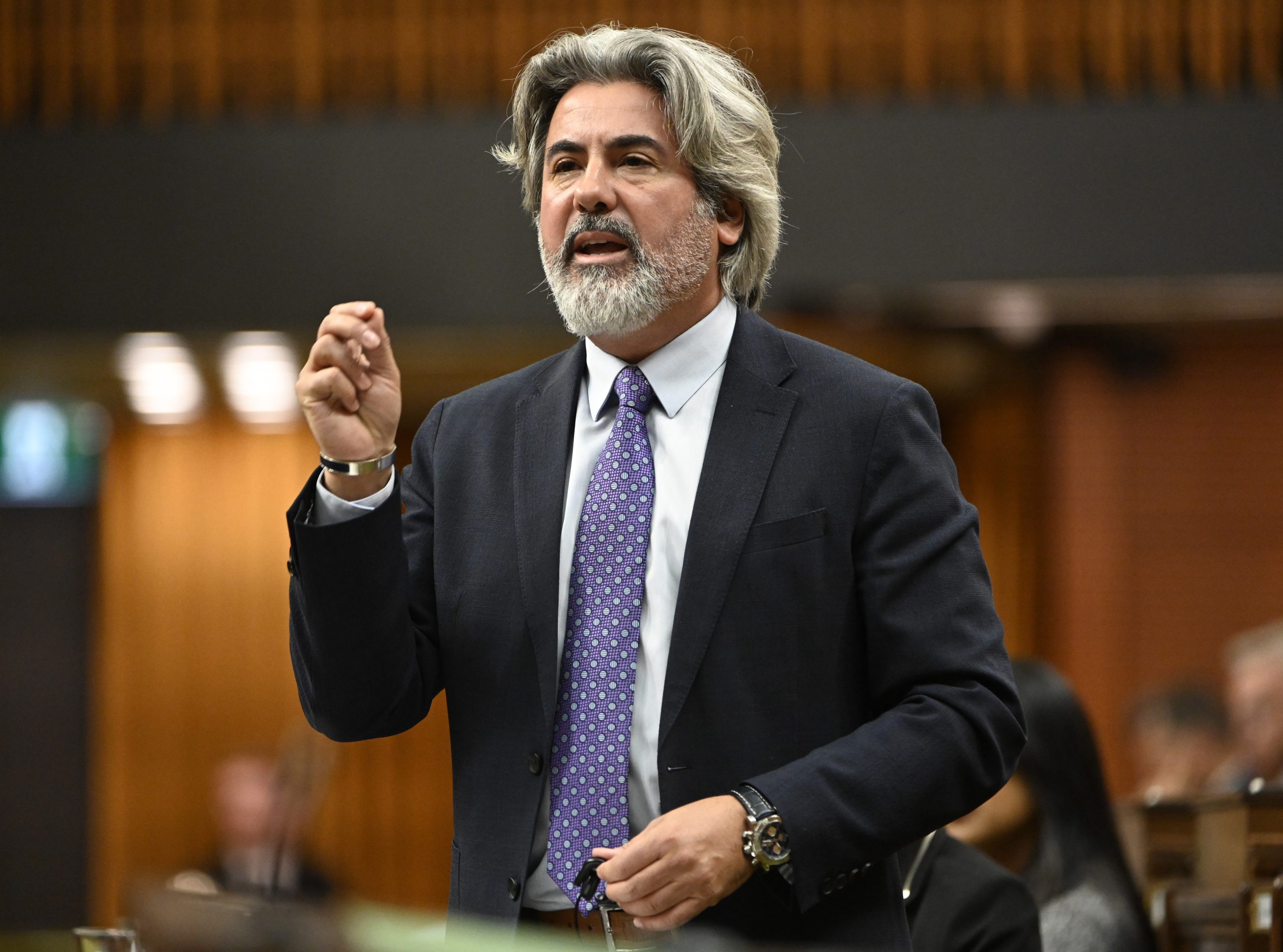How does China’s strict content moderation impact internet users? How do the Chinese netizens resist the state on this front?
Introduction
China has long been recognized for its stringent social media censorship, a contentious issue that has garnered significant attention in recent years. A noteworthy illustration of this is the Voices of April incident; a Shanghai resident recorded numerous audio recordings of his life related to COVID-19 while in quarantine and, at the same time, edited him into a video that went viral on the Internet. However, due to the inflammatory nature of the video, it was blocked on the Chinese Internet, underscoring the complex interplay between freedom of expression and social stability within China’s social media censorship. This article combines this incident with China’s censorship system to conduct an in-depth analysis of it and its impact. Also, censorship is essential in China, but it should be more relaxed to seek a gentler way to guide users’ emotions.

The Voices of April:
The Voices of April incident starkly manifests social media censorship in China. In less than six minutes, The video commences with briefings on the Shanghai outbreak on March 15 and 26 using features black-and-white aerial footage of Shanghai, accompanied by contextual text for each segment. This video compiled various testimonies from Shanghai residents detailing the challenges and injustices they faced since its lockdown. These video clips included supply shortages, illicit trafficking of food donations, mandatory quarantine measures, the killing of pets, and delayed medical treatment for the sick (Gan, 2022). Despite the rapid dissemination of this video on social media, subsequent censorship efforts were swift to restrict its distribution and eliminate related discussions.
However, Chinese netizens have shown resilience in circumventing state censorship and expressing their grievances:
- Some internet users employ homophones to create wordplay, conveying their sentiments while evading automated censorship systems.
- Others utilize virtual private networks (VPNs) and other bypass tools to access blocked content and websites outside China’s firewall, such as Twitter or YouTube, allowing them to share information and opinions more freely.
- Chinese netizens frequently devise and share keywords, hashtags, and symbols as expressions of solidarity with specific events or veiled criticism of the state. Additionally, satirical content and parodies offer alternative means for expressing dissent without confrontation.
However, censors followed suit, taking down the video and limiting debate on other sites. Users on WeChat quickly discovered that their videos could no longer be seen, and the Weibo term “Voices of April” had been disabled. Such censoring curtails users’ right to free speech and inspires fear among certain users. The government’s assault on free speech simultaneously incited fury and demonstrations, with netizens expressing their displeasure in various ways.
Social Media Censorship in China:
In China, the government implements social media censorship to maintain social order and political dominance. In addition to using advanced technological techniques like deep packet inspection and keyword filtering, the government has broad censorship authority, including monitoring Internet content, deleting sensitive data, and banning non-compliant content. Concern should be expressed about the vast breadth of this censorship, which goes beyond political issues to include various social, cultural, economic, and environmental issues. Social media censorship is a facet of media policy, as it directly influences the dissemination of information and freedom of expression. Therefore, the Chinese government’s social media censorship can be seen as an embodiment of media policy (Flew et al., 2019). Nevertheless, it is essential to acknowledge that such censorship does restrict freedom of expression and hampers open discussion.
The term “Regulation” always carries the potential for censorship in its execution. It can readily be veiled to obscure its actual role. For instance, the Chinese approach, exemplified by the social credit model, seeks to refine data collection to consolidate the state’s understanding of individuals’ behavior and beliefs. This is done to bolster central political power and eliminate potential threats to the ruling party (Schlesinger, 2020). The Chinese government deems a content censorship system necessary to maintain social stability and political control to prevent the spread of undesirable information and social unrest.
The Connection Between Censorship and The Voices of April:

The impact of China’s rigorous censorship is evident in the case of The Voices of April. Firstly, social media is a primary platform for disseminating information, enabling this video to spread rapidly and garner widespread attention. Users shared, commented on, and discussed the incident through social media, leading to its rapid dissemination and extensive controversy and discussion. Despite Users taking numerous steps to prevent moderators from taking videos down these efforts, the Chinese government employs advanced censorship techniques to monitor and control online discourse rigorously. The decentralized nature of online networks, the grassroots origin of content creation and distribution, and the complexities of establishing territorial jurisdiction on a global network make the Internet environment markedly distinct from traditional mass communications media (Flew et al., 2019). Consequently, the ongoing struggle between netizens’ pursuit of freedom of expression and the state’s maintenance of control continues in China’s digital landscape.
The Necessity and National Interest of Censorship:
As we delve deeper into the mechanics of social media censorship, it becomes evident that understanding the necessity of such censorship and its alignment with national interests is crucial. Censorship is essential for preserving social stability and the national interest as unrestricted information dissemination can incite discontent and social unrest (Thompson, 2021). Power, politics, economics, culture, and technology influence the public sphere’s structure. It urges exploration of their interactions and poses a normative question: Is an open, communicative space essential for democracy? It acknowledges the gap between this ideal and reality, emphasizing the importance of bridging it for democratic governance(Schlesinger, 2020). Nevertheless, ensuring this objective is pursued within defined boundaries is imperative to prevent undue restrictions on freedom of expression.

China’s large population underscores the fact that social stability is essential to maintaining order and that content censorship effectively manages the dissemination of information and reduces the potential for social discontent and unrest. Relaxing censorship measures, on the other hand, could lead to social instability and jeopardize national security and economic development. This leads to the need for the Chinese government to control the flow of information to ensure that it is free from external interference and infiltration to achieve autonomous development and maintain national security (Kuang, 2018). This explains why content censorship, viewed as one of the weapons for protecting the national interest, can result in actions that limit the spread of information since it upholds social morals and the rule of law.
Conclusion
It is crucial to achieving a balance that protects the right to freedom of speech, even while censorship preserves social order and safeguards national interests. The narrative on social media platforms may be influenced by governments using censorship to remove or limit content unfavorable to their policies. The public may feel that information is being distorted if there is harsh censorship or outright prohibitions on specific topics. These actions frequently have a considerable influence on public opinion, feelings, and behavior. In order to handle the complexity of our current technology policy landscape, we may need to create new frameworks that consider diverse types of governance (Gorwa, 2019).
In conclusion, censorship and regulation are essential in maintaining social order; they should be harmonized with preserving the right to freedom of expression. Governments and social media platforms should actively seek gentler methods to guide users’ emotions and behaviors Rather than relying solely on outright bans, fostering social harmony and public engagement.
Reference List
- Flew, T., Martin, F., & Suzor, N. (2019). Internet regulation AS media policy: Rethinking the question of Digital Communication Platform Governance. Journal of Digital Media & Policy, 10(1), 33–50. https://doi.org/10.1386/jdmp.10.1.33_1
- Gan, N. (2022, April 25). “voices of April”: China’s internet erupts in protest against censorship of Shanghai Lockdown Video. CTVNews. https://www.ctvnews.ca/world/voices-of-april-china-s-internet-erupts-in-protest-against-censorship-of-shanghai-lockdown-video-1.5875272
- Gorwa, R. (2019). The platform governance triangle: Conceptualising the informal regulation of online content. Internet Policy Review, 8(2). https://doi.org/10.14763/2019.2.1407
- Kuang, X. (2018). Central State vs. local levels of government: Understanding News Media Censorship in China. Chinese Political Science Review, 3(2), 154–171. https://doi.org/10.1007/s41111-018-0091-5
- Schlesinger, P. (2020). After the post-public sphere. Media, Culture & Society, 42(7–8), 1545–1563. https://doi.org/10.1177/0163443720948003
- Su, Y., Lee, D. K., Xiao, X., Li, W., & Shu, W. (2021). Who endorses conspiracy theories? A moderated mediation model of Chinese and international social media use, media skepticism, need for cognition, and covid-19 conspiracy theory endorsement in China. Computers in Human Behavior, 120, 106760. https://doi.org/10.1016/j.chb.2021.106760
- Thompson, A. (2021, January 13). Buying silence: The price of internet censorship in China. Center for Security and Emerging Technology. https://cset.georgetown.edu/article/buying-silence-the-price-of-internet-censorship-in-china/




